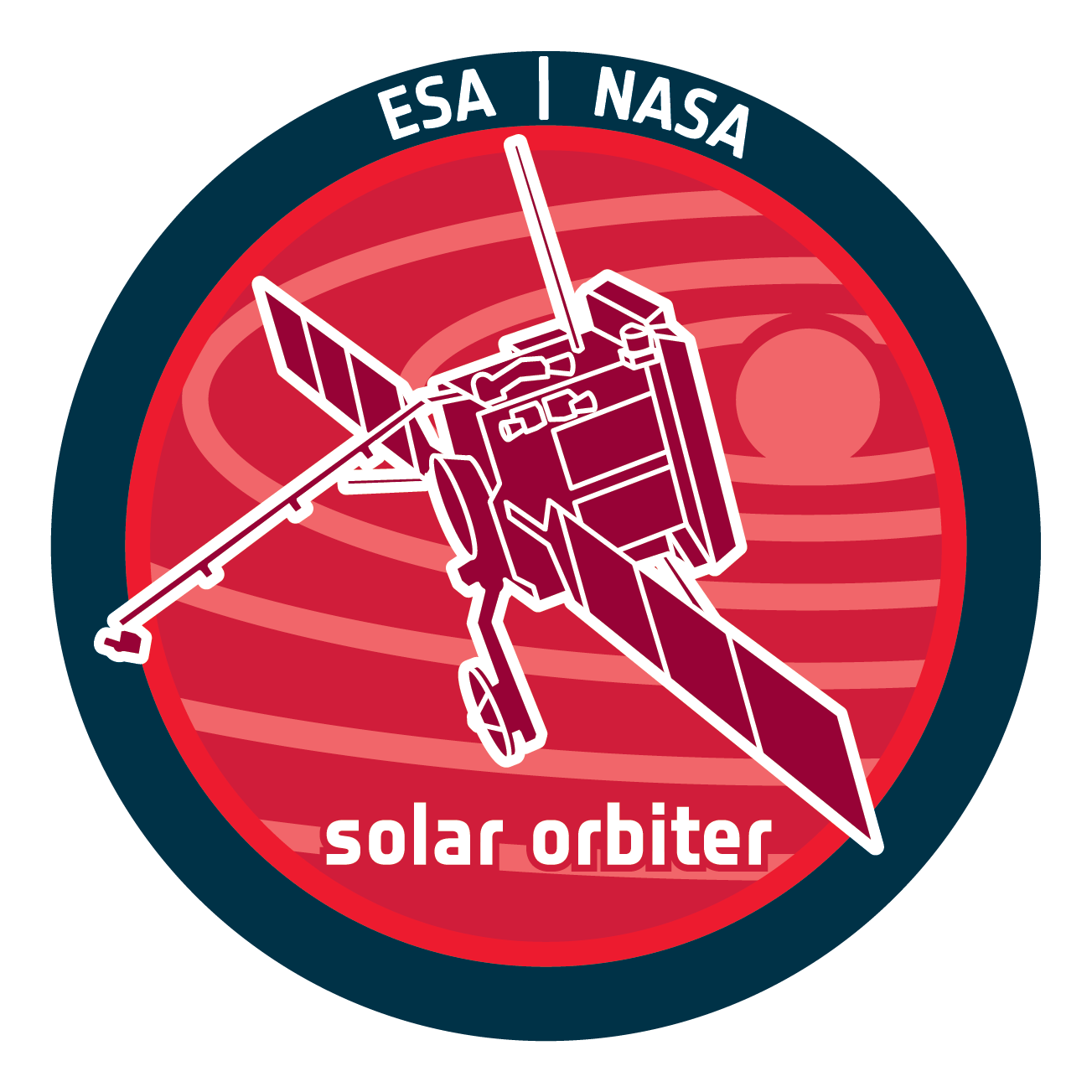Tables, views and columns - Solar Orbiter Archive
Tables, VIEWS and COLUMNS
The Table Access Protocol (TAP) server allows read access to the SOAR database of metadata about the data products. The information is stored in various tables, with rows and columns, for different purposes or covering different types of product. The most useful columns of these tables are gathered into other tables known as 'views', whose names start with 'v_'.
While the tables are simple in that they consist of rows and columns, sometimes the meaning or contents of a column are not obvious and these descriptions are currently not available along with the tables/views. It should also be noted that these tables and views (tables beginning with 'v_'), while very useful, were not designed with the user in mind, and so some column names or view content may not be ideal for users. This will be corrected in the future, but for now, this page lists the tables and columns along with descriptions of their contents.
The Science (often referred to as SCI, and in the table names as 'sc') and Low Latency (often referred to as LL, and as 'll' in the table names) products each have a data_item_id, and this is the same for all versions of that product. Only the latest versions of the SCI and LL products are given in the two tables v_sc_data_item and v_ll_data_item, respectively. These are likely to be the most useful tables for SCI and LL data, and this is why a list of the most useful columns are described on the How-To page, but a complete list is provided below.
In the explanations below, the contents of the tables are the same for SCI and LL (where the title of the table/view explanations includes <ll/sc>), so are given together.
Product tables
Latest version product tables: v_<ll/sc>_data_item
(v_sc_data_item for science products, v_ll_data_item for low latency data products)
All versions of all products: v_<ll/sc>_repository_file
Remote sensing instrument tables (FITS):
There are four views for each remote sensing instrument, where <instrument> can be eui (EUI), met (Metis), phi (PHI), shi (SoloHI), spi (SPICE), or stx (STIX)
v_<instrument>_<ll/sc>_extension_fits
For example, for EUI:
v_eui_sc_fits
v_eui_ll_fits
v_eui_sc_extension_fits
v_eui_ll_extension_fits
In situ instrument tables (CDF):
v_cdf_dataset
v_cdf_plot_metadata
v_cdf_variable
SPICE kernels
v_auxiliary_file
Data processing level explanation
v_<ll/sc>_data_item - Latest Versions:
The columns are the same for the SCI and LL, but the examples may not be. As stated above, the most useful columns are described on the How-To page, but here the complete list is given.
If there is only space below, try refreshing the page.
Lists all versions of the files received into the SOAR.
Note that multi-dimensional data will have multiple entries in the table, one for each dimension (see dimension_index).
As stated above, these tables were not necessarily designed with the user in mind, and therefore some of these columns will have no value to the user, but are included here for completeness.
If there is only space below, try refreshing the page.
v_<instr>_<sc/ll>_extension_fits
The extension details go into here:
OBT explanation
The OnBoard Time is a double-precision floating-point number in onboard time units which is not actually decimal. It consists of a ‘coarse’ time and, after the decimal point, a ‘fine’ time for sub-seconds which is from a counter from 0-65535.
OBT = coarse + fine/65536
So for a given OBT of 637551003.4117279, expressed as a decimal in the metadata, 637551003 is the coarse part, and 4117279 is the fine -> round(0. 4117279 * 65536) = round(26982.9996544) = 26983
The value fed into the spice time conversion routine is then 637551003:26983
The archive will store the floating-point number given in the metadata so that the information is retained.
- Removed a total of (633) align=top;








































 Sign in
Sign in
 Science & Technology
Science & Technology
